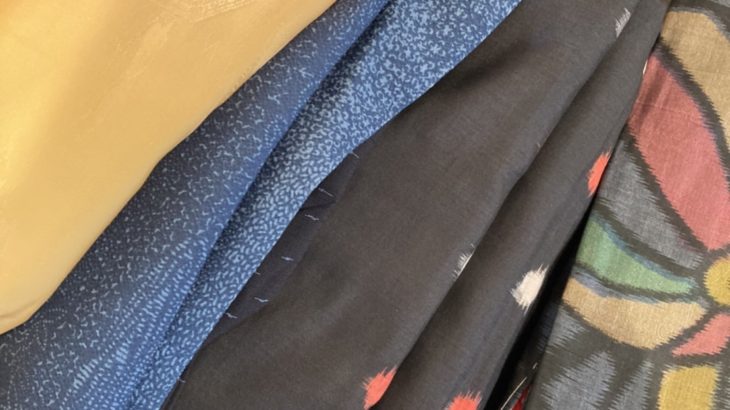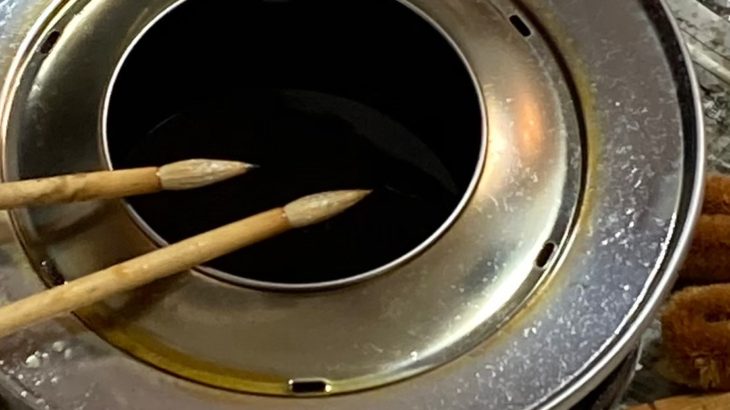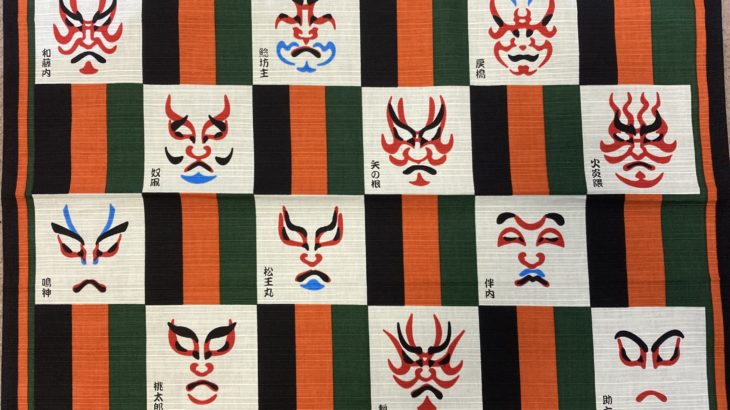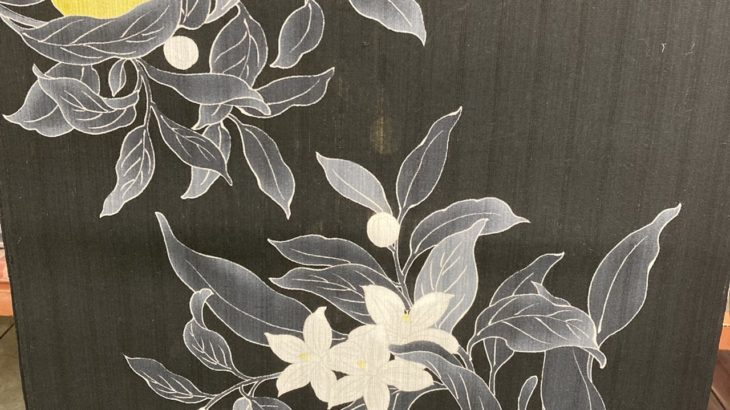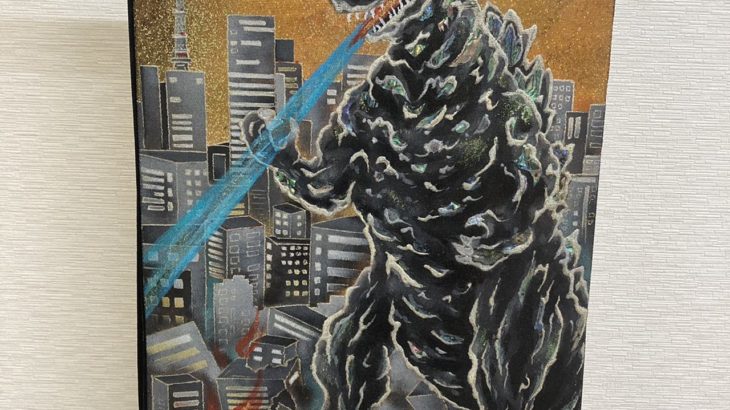Hello, this is Shinji from Warashibechoja JP. It is getting warmer and warmer, the cherry blossoms have started to bloom, and it is a good season to go out in kimonos. My Instagram, which I started last year, is going well and I now have more than 1,200 followers. Thank you very much. This time, we have received many questions from our customers, so we would like to write an article based on the mutual thoughts of a recycled kimono shop and a kimono shop dealing with new kimonos.
1、Difference between recycled kimono and new kimono
1, Size
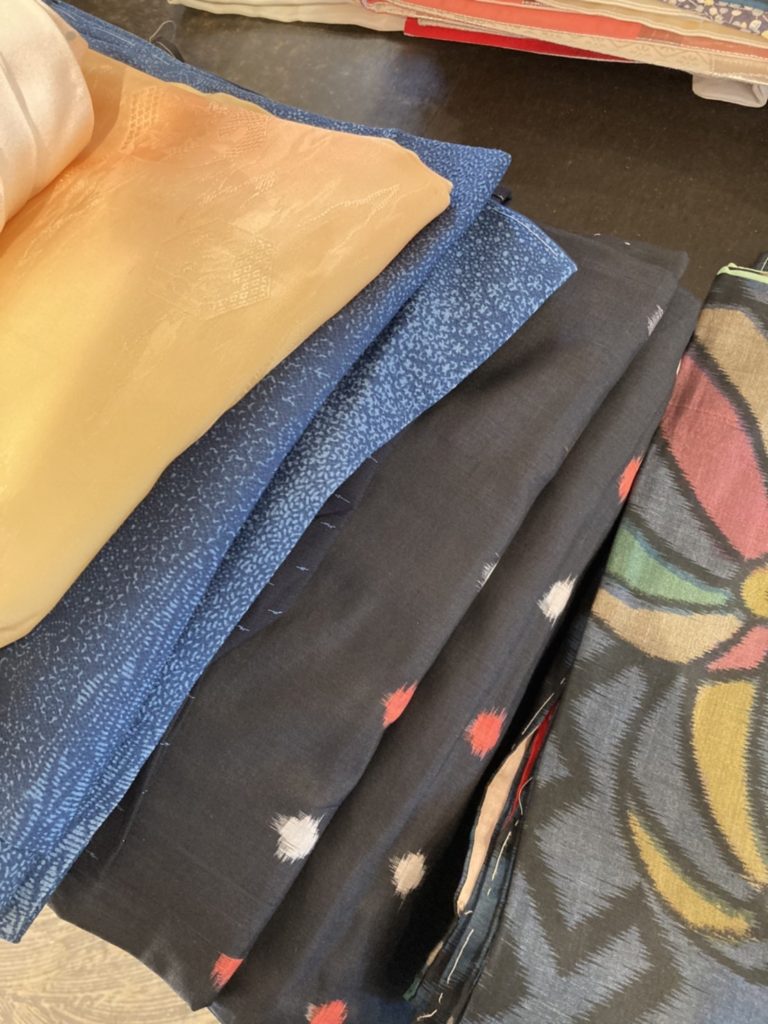
Generally, there is an image that recycled kimonos are old, but in fact, there is a problem before that. It is the width of the fabric. The width of an old kimono is about 9″5″ (=about 36 cm), but the width of a recent kimono is generally 1 shaku (=37.8 cm) or more. The longest kimono is 1 shaku 1 sun (= translates to 41.5 cm).
Japanese people are said to have been small in the past, but this is not true. The way to measure the length of the Yuki (hand length in kimono) was different, and many old kimono were short.
2, Design
Just as there are fashions in clothing, there are fashions in kimonos. In the past, designs were often large and brightly colored, and warm colors such as vermillion red, orange, and pink were often used.
In comparison, modern kimonos are now often in pastel colors, dark colors, or plain colors. This is thought to be due to a gradual change in the places and purposes for which kimonos are worn, and a shift from shrines and temples to Western-style clothing, such as hotels.
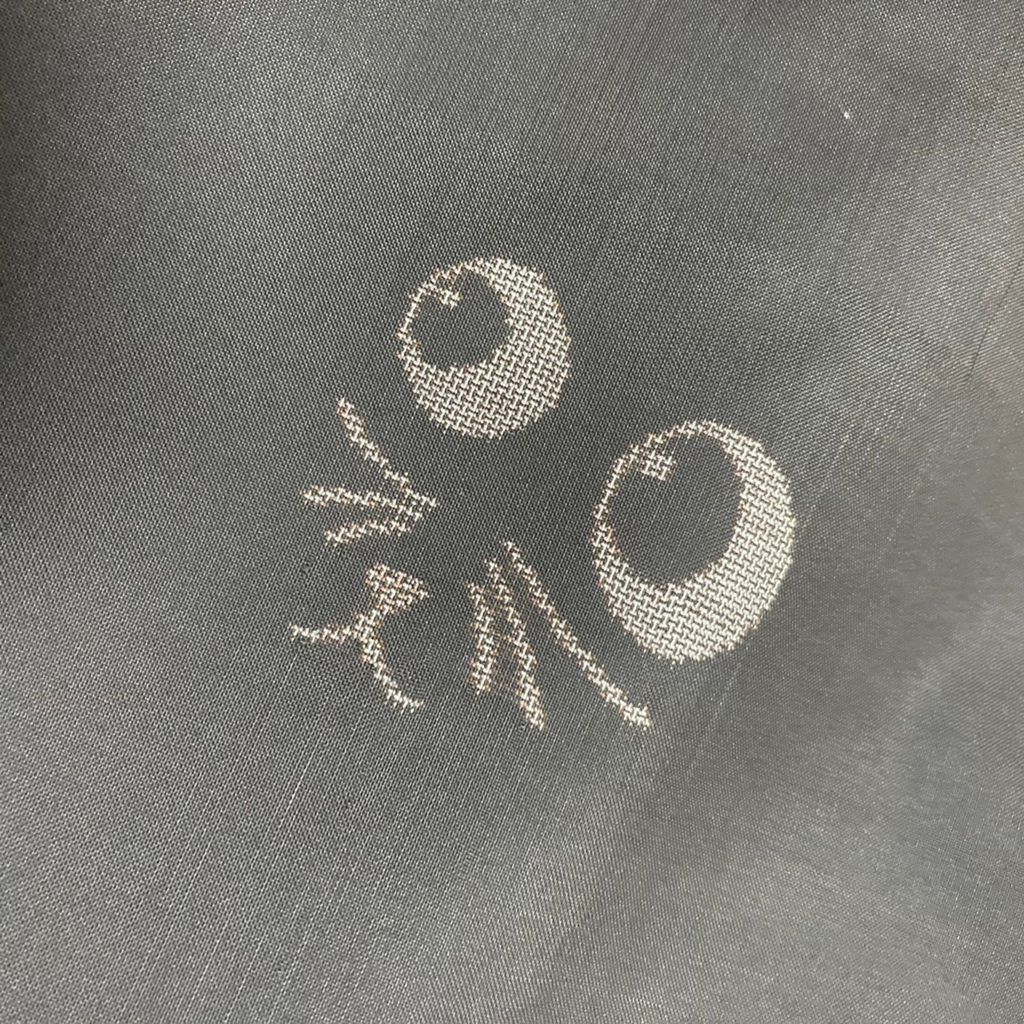
3, Technology
By looking at the obi that goes with a kimono, it is easy to guess the approximate age of the kimono. Old obis are characterized by their stiffness and heaviness, as well as their design. This is largely due to the improved technology of thread production, while modern obis are characterized by their fine patterns and light weight.
The “mama-furi” (mothers’ generation) have been enjoying a boom in furisode (long-sleeved kimono) coordination for coming-of-age ceremonies since a few years ago. Obis are becoming completely different with changes in the thickness of the threads and the quality of the obi core (the lining that is placed inside the obi).
To be honest, new techniques aside, many of the kimonos that are generally mass-produced seem to be more elaborate than the techniques of the past. Many of them are elaborately hand-painted and hand-woven, not machine-woven or ink-jet woven like today’s kimonos.
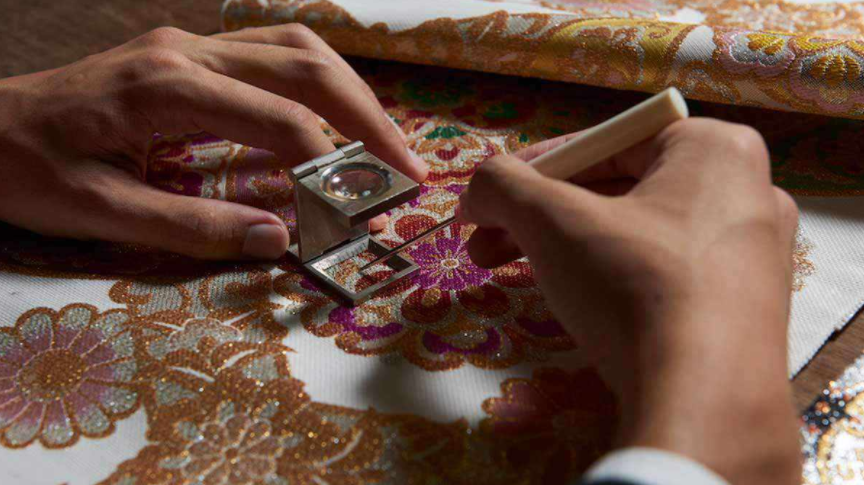
4, Number of craftsmen
As craftsmen continue to age, the average age of Arimatsu shibori artisans and Nishijin weavers is said to be as old as 75. The number of craftsmen who are steady and masterful in their craftsmanship is decreasing, and the number of production runs is drastically decreasing. Due in part to the impact of the H1N1 influenza virus, the number of couples who will not hold weddings between 2020 and 2022 has increased, and the number of Kyoyuzen tomesode has decreased by 91.5%, a decrease of 100,000 tan in two years, and many craftsmen have closed their businesses.
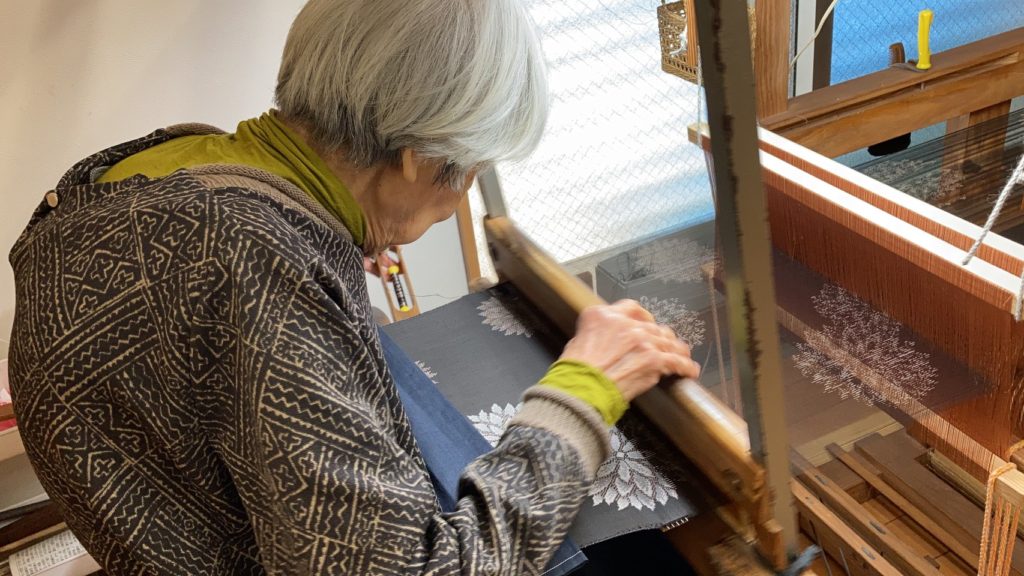
If more people become interested in recycled kimonos and make new kimonos in their own sizes, artisans can be protected. In Japan, the number of kimono wearers is increasing, but the number of people making new kimonos is not that high. If only 0.1% of the people in the world are interested, I believe that Japanese culture can be preserved.
I do not know how far I can go as an individual, but I hope that everyone will take some interest. If you have any questions or concerns about kimono, please send me a DM on Instagram and I will respond.
WEB SHOP:https://warashibechoja.shop-pro.jp/
Instagram: https://www.instagram.com/warashibe_choja.jp/?hl=ja
